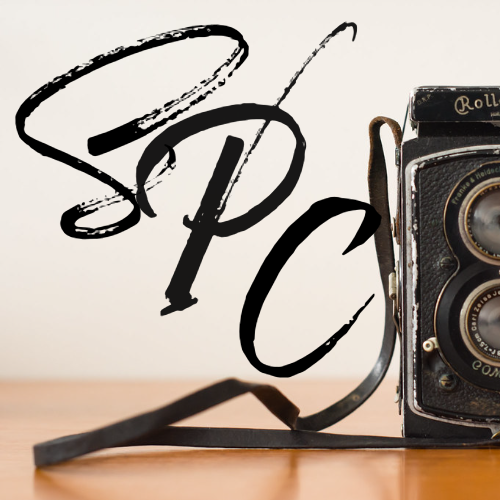(In this New Section I will be posting from my other sites earlier Blogs and my published stories from my years as a photo-journalist and active writer)
A Movie about Acquiring The Jeffers Collection...
People often ask how I came to own The Jeffers Studio Collection of Olympia, Washington. The best way to explain this chapter of my journey as a Shadow Catcher is through a video created by students at Evergreen State College (my alma mater) in 1986. Run Time about 28 minutes.
And, while the Jeffers archive undeniably transformed my career path, this acquisition was not the beginning of my career in photography as this communication medium has always been a part of my life. My father was a passionate amateur photographer, and I took my first pictures as a child in grade school and when photographed Janis Joplin at her concert in Seattle in 1967 ~ I was hooked!
NOTES ON PHOTOGRAPHY COLLECTIONS
(copyright 1996 by Susan Parish)
Photography, the art and science of capturing images on a photosensitive surface through light, is a deceptively simple concept for something so evocative. Photographers, or "Shadow Catchers" as some Native Americans called them, freeze moments in time, preserving them for generations. This act of capturing light has profoundly shaped our understanding of history, particularly in the Pacific Northwest.
The development of photography coincided with the settlement of this region, resulting in a rich visual record of its growth. We owe a debt of gratitude to the photographers, both professional and amateur, who documented the people, places, and events that form our collective memory. This visual heritage is a treasure to be passed down, a testament to our history that deserves as much preservation as any historical record.
Photographs are more than just images; they are windows through time. By studying the work of early photographers, we can journey back and experience history firsthand. Just as eyes are windows to the soul, photographs offer a glimpse into the past, allowing us to connect with the people and places that came before us.
Preserving these visual records is a vital task. Whether it's a casual hobby or a family project, organizing and labeling photos with names, dates, and any other relevant information ensures their survival. Sharing these images through online galleries and folders allows families to connect with their history. Ultimately, passing these cherished collections on to future generations ensures their legacy continues.
Understanding the history of photography is very helpful for those seeking to identify, date, or preserve their images.
Before 1839, photographic images simply didn't exist. Key milestones in photographic technology include the following dates. Remember however, that depending on where your photographs were taken the technology and equipment available may have arrived later - such as here in the Pacific Northwestern region of North America.
1839: Samuel Morse introduces the Daguerreotype to America. This unique, mirror-like image on a silver-plated copper sheet, learned from Daguerre in Paris, is housed in a case.
1839-1860: The Ambrotype, an image on albumen-coated paper, often has a yellow-brown or purplish-brown hue and is mounted on a board.
Mid-1800s: Collodion images on glass, with milky gray highlights, are backed with black material to create a positive image. These images are known for their sharp detail and warm tones.
1851-1880: The Tintype makes photography more accessible to the public.
1884: Flexible, paper-backed film is invented in Britain but these products came to America a bit later.
1898: The first photographs using artificial light are produced.
1900: The Kodak Brownie box camera, priced at $1, democratizes photography.
1936: Kodachrome, a 35mm color film, revolutionizes color photography, making it as easy to use as black and white.

